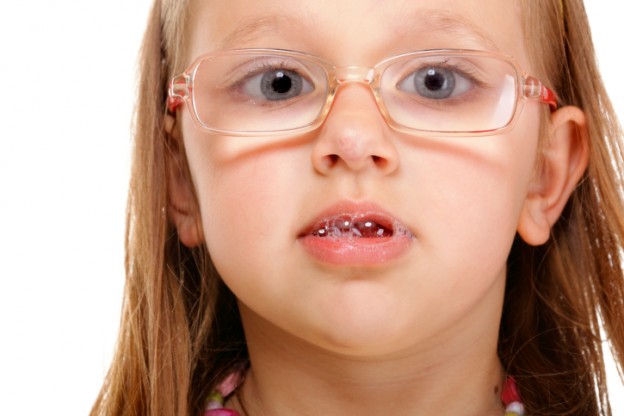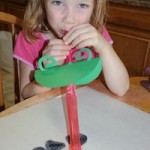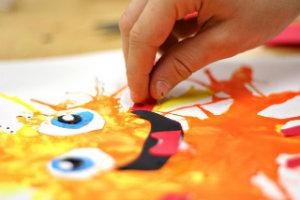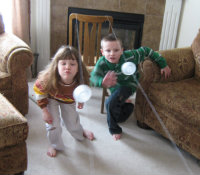
Therapy Tips
Holly Homer & Rachel Miller are on a mission to reveal the kitchen junk drawer as a place of inspiration for kids' art, crafts, games and learning activities. This article shows you how to make a fun Sticky Tongue Frog. This activity helps a child work on oral motor exercises in a fun way.
Create a fun "Drippy Monster" with a straw and paint. In this article students use a straw to blow the paint to create the body, arms, and legs of their monster.
This article from Almost Unschoolers describes how you can set up a cup race. The first one to blow their cup to the end of the line wins! Blowing is a great oral motor exercise and this activity will keep blowing fun and exciting!
Seven Tips to Stop Your Child with Special Needs from Drooling
Drooling is an everyday issue for parents of infants and toddlers, especially when their child is teething or has a cold and is congested. But when drooling continues past those early years, it’s time for further investigation and treatment. First, check with your child’s pediatrician to make sure that there is no medical reason why your child is continuing to drool. Barring any medical explanation, drooling may be due to poor awareness in the mouth and/or decreased strength in the lips.Poor Sensory Awareness
Many children lack sensory awareness in their facial muscles and don’t get the feedback that most of us do that saliva is near our mouths.Four ways to increase sensory awareness in the mouth:
- Add sour and spicy foods like lemonade or salsa and cold foods such as frozen fruit or popsicles to the child’s diet to “wake up” the mouth.
- Use a vibration tooth brush or an infant vibration teether to stimulate the child’s mouth.
- Apply flavored lip balm (containing only edible ingredients) to increase awareness.
- Rub a variety of textured cloths around the child’s mouth.
Oral Motor Weakness
Weakness in the lips and the muscles that surround the mouth can also make it difficult for a child to keep their mouth closed, which leads to drooling.Three ways increase lip and mouth muscle strength:
- Have your child hold a tongue depressor between their lips (without using their teeth) during times when they are concentrating on something, like drawing or story time.
- Encourage your child to drink out of a straw (without biting on it) or drink out of an open cup.
- Introduce simple oral motor exercises like blowing bubbles and horns, or play a game by blowing cotton balls across a table.






